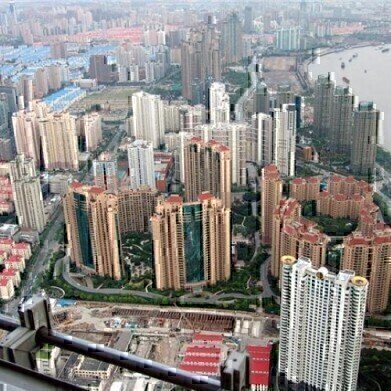Air Clean Up
Market Research on Global Air Pollution Control Equipment
Oct 18 2010
This research service on the world air pollution control equipment market covers four equipment: Electrostatic Precipitators, Flue Gas Desulphurization Equipment, NOx Control Equipment and Oxidation Equipment. The research service has been divided into four geographical areas: North America, Europe, South Asia and Asia Pacific (including Japan), and Rest of World. Market engineering measurements, market drivers, restraints and their impacts have been included. Historic revenues from 2006 and 2009 and anticipated revenues for 2010-2016 have been discussed. The measures to curb air pollution in different countries, world emissions of NOx, SO2, from the cement and thermal industry are provided in the appendix.
Particulate Matter : Particulate matter (PM) is an air pollutant that comes from processes, such as combustion from car engines, burning of fossil fuels (e.g., coal, lignite, biomass), industrial activities (e.g., building; mining; cement, ceramic and brick manufacturing), and smelting. Secondary particles are products of chemical reactions of gaseous pollutants and the atmospheric transformation of nitrogen oxides mainly emitted by traffic and some industrial processes. PM causes eye, nose and throat irritation and respiratory problems.
Nitrogen Oxides: Nitrogen oxides (NOx) are a mixture of gases composed of nitrogen and oxygen that are released into the air by the burning of coal, oil, or natural gas, from the exhaust of motor vehicles, and during processes such as arc welding, electroplating, engraving, and dynamite blasting. Nitrogen oxides are broken down rapidly in the atmosphere by reacting with other substances commonly found in the air. The reaction of nitrogen dioxide with chemicals produced by sunlight leads to the formation of nitric acid, which is a major constituent of acid rain.
Volatile Organic Compounds : Volatile organic compounds (VOCs) are emitted as gases from certain solids or liquids. The sources of VOC pollution include transportation, industrial processes that constitute coating, finishing, printing and graphic arts, metal degreasing, and commercial and household use of solvents and architectural coatings (e.g., paints and stains). Ground-level ozone is formed when VOCs combine with oxides of nitrogen in the presence of sunlight and heat. Key signs or symptoms associated with exposure to VOCs include conjunctival irritation, nose and throat discomfort, allergic skin reaction, dyspnea, nausea, emesis, epistaxis, fatigue, and dizziness.
Sulfur dioxide is produced in various industrial processes. Since coal and petroleum often contain sulfur compounds, their combustion generates sulfur dioxide. Further oxidation of SO2, usually in the presence of a catalyst such as NO2, forms H2SO4, and thus acid rain.
Events
May 05 2024 Seville, Spain
May 13 2024 Munich, Germany
May 23 2024 Beijing, China
May 23 2024 Beijing, China
Jun 10 2024 Algiers, Algeria














